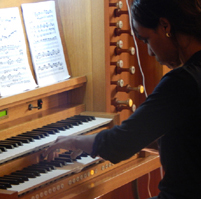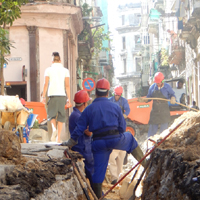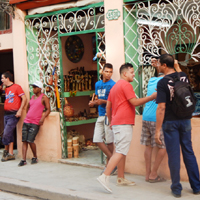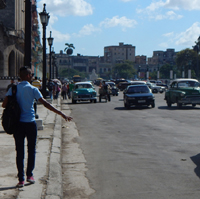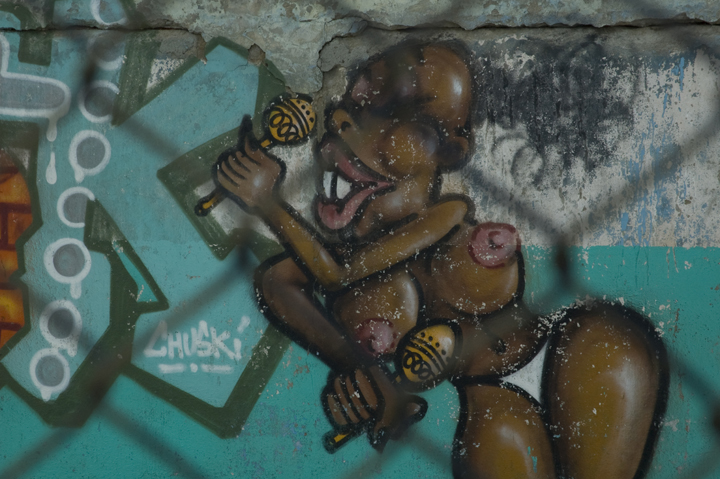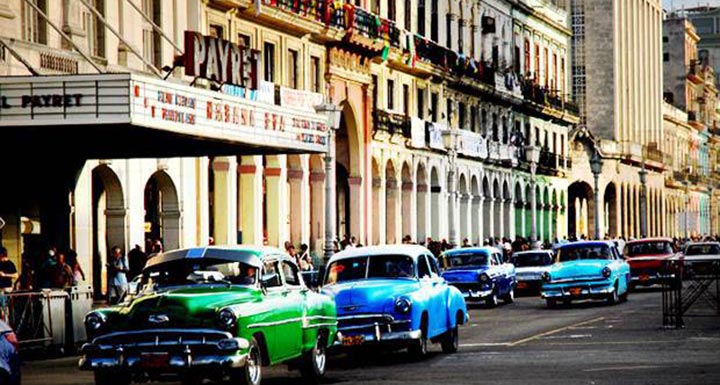
Cuba in everyday sounds
HAVANA — A country’s sounds are like its fingerprints. Cuba holds in its streets an incomparable acoustic treasure. With Chevrolet sedans of the 1950s, street vendors hawking their wares, and horse-drawn carts in the midst of the 21st Century, it is not difficult to identify the country if you hear a couple of recordings.
It was precisely the desire to reveal “how Cuba sounds” that prompted Jesse and Jonah Marks, two U.S. brothers, to come to the island in August as part of the cultural exchange programs between the two countries.
The brothers, who live in Minneapolis, have a Web project called “The Touch of Sounds” that they feed with the sounds they collect in their world travels. Cuba, they said, “was an incredible place to pick up sounds.”
“What makes Cuba a special country for our project is that very seldom during our trip did we NOT hear some sort of a sound,” they told us on the phone from the U.S. “The people are very vocal, there’s music everywhere and the streets are very busy. The marketplaces were busy and we could hear vendors’ cries every morning. The sound of traffic is very interesting, with the old cars (known as ‘almendrones’) and the clip-clop of horses.”
To Jesse Marks, Cuba is not a recent discovery. Inspired by rhythms like the son and the rumba, this young sound engineer a few years ago joined Malamanya, a band formed by Americans interested in Cuban music.
Jonah, thanks to Jesse’s passion for sound, has “changed the way [he sees] the world.”
Those were the ties that the American ONG “US-Cuba Artist Exchange” took advantage of. Headed by Mairessa Ryan, an artistic promoter from Minneapolis, the project in 2014 brought several groups of American artists to Cuba and took as many Cuban groups to the U.S., taking advantage of the increasing people-to-people exchange between the two countries.
During their trip to the island, Jesse and Jonah went to Havana, Cienfuegos, Trinidad and Matanzas, where they made numerous recordings of urban and natural spaces and exchanged ideas with many Cubans.
“We knew the history and tried to learn about the culture, but we weren’t sure how [the Cubans] would receive us, given the problems between our governments,” they said. “However, we were impressed by their hospitality.
“They welcomed us with open arms everywhere we went. The people were genuinely thrilled to learn that we were in Cuba as part of a people-to-people tour.
“It was inspiring that, despite the conflict between the governments, the ordinary people of our countries can still establish a connection and an open exchange of ideas.”
‘The Touch of Sounds’ and ‘Sounds of Cuba’
“The Touch of Sounds” has been on the Web since May 2012. There, the brothers frequently upload different sounds, which they accompany with a photograph made of each trip.
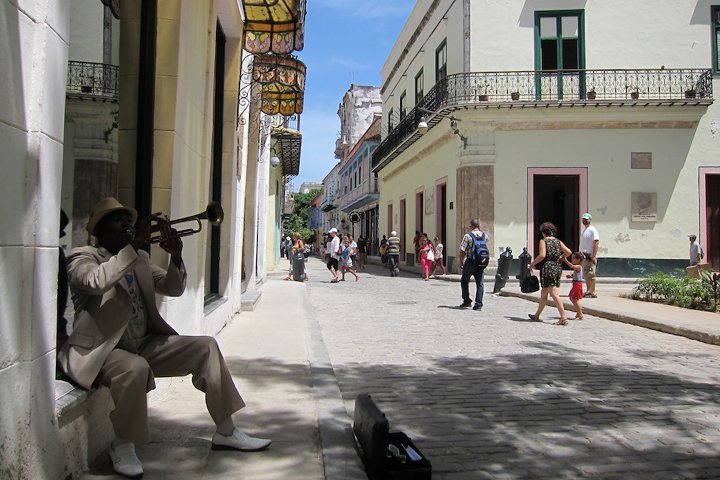
In 2006, Jesse began to record the ambient sounds of various places to use them in his job as sound engineer. Sea waves, natural sounds, traffic on the streets, musical rhythms, all that went into his sound archives. In 2007, he began to travel with his brother, Jonah.
Every time they returned from a trip, their friends asked them to share not only the photographs but also the sounds they had recorded. That’s how they decided to create “The Touch of Sounds.”
“We know that we live in an incredible world. We are lucky that we can travel anywhere, but we make travel a priority because of the marvelous experiences we have — if we go out to find them,” they tell us.
To capture the sounds, they use portable high-fidelity tape recorders. In addition to being easy to carry, they enable them not to draw unwanted attention or disturb the environment they’re recording.
“Traveling can be exhausting at times, but at the time we record we slow down enough to make sure that we appreciate our surroundings,” Jonah says.
The young men’s project has appealed to so many listeners that they now have more than 150 collaborators everywhere in the world who contribute audios and pictures to the Web.
“Some of them are our friends, others we have met in our travels, and others are complete strangers who have found our website and want to collaborate.”
Jesse and Jonah are not alone. In 2010, another sound and music engineer, a young Canadian named Scott Riesterer, was in Cuba for 10 days, recording at every place he visited. Three years later, those sounds became a vital part of a CD that Riesterer named “Sounds of Cuba,” containing nine sets of pure electronic music.
This October, the CD was nominated to the independent Western Canadian Music Awards, in the category of Electronic/Dance Recording of the Year.
“I made this music in an effort to relive and restructure not only the recordings but also the remembrances of the time I was there, for the purpose of sharing this trip with others. I hope that you can feel transported as you listen and enjoy these Sounds of Cuba,” says Riesterer in his blog, where he includes a long chronicle of the ups-and-downs of his trip, always accompanied by the music that later inspired him.
Cuba in, Cuba out…
These sound experiences are not unique in the world. In Rosario, Argentina, a Web project called “Sounds of Rosario” has stored acoustic information since 2002 “for the purpose of documenting the sonic-cultural riches of the city and preserving it for future generations.”
In the U.S., the “Sound City Project,” a “personal enterprise created by David Vale in collaboration with Rick van Mook and Caco Teixeira,” offers panoramic views of different places and cities in the U.S., accompanied by 3D sounds of high quality. The objective, as described by the authors, is for users to “select places in a map and have a better idea of what it really means to be there.” They seek to offer the sensations of those recorded spaces.
The project of the Marks brothers or the CD of electronic music composed by Riesterer are merely a mild taste of the acoustic riches that Cuba possesses.
Although Cuba has 96 radio stations, only seven of them broadcast on the Internet in real time and most of them have no infrastructure or desire to document Cuba’s “sonic-cultural” landscape.
How does your world sound?
Progreso Weekly asks
We want to collect the sounds we love or are part of our daily world, our daily life; sounds that are in our environment, to which we don’t usually pay much attention but which identify what we are or where we are.
We ask Cubans in Cuba and the diaspora — and friends in other countries, too — to share with us how “their” world sounds: a noisy marketplace, a coffeemaker perking coffee, people waiting for a bus, a noisy boulevard, a quiet library.
The sounds create fabulous images in our mind and allow us to travel. Cuban sounds, world sounds.
All you need to do is use a recorder or any other device, press “Record” and tape at least one minute of natural sound. The world fits in one minute! Send us your recording with a photograph or an image and a brief description of what we’re listening to — at least the place and the situation.
Of course, one person can send more than one recording. You’re welcome to. We shall receive them in progresohabana@gmail.com and will publish them in our websites, www.progresosemanal.us and www.progresoweekly.us
A big hug to all.
Here’s some samples:
